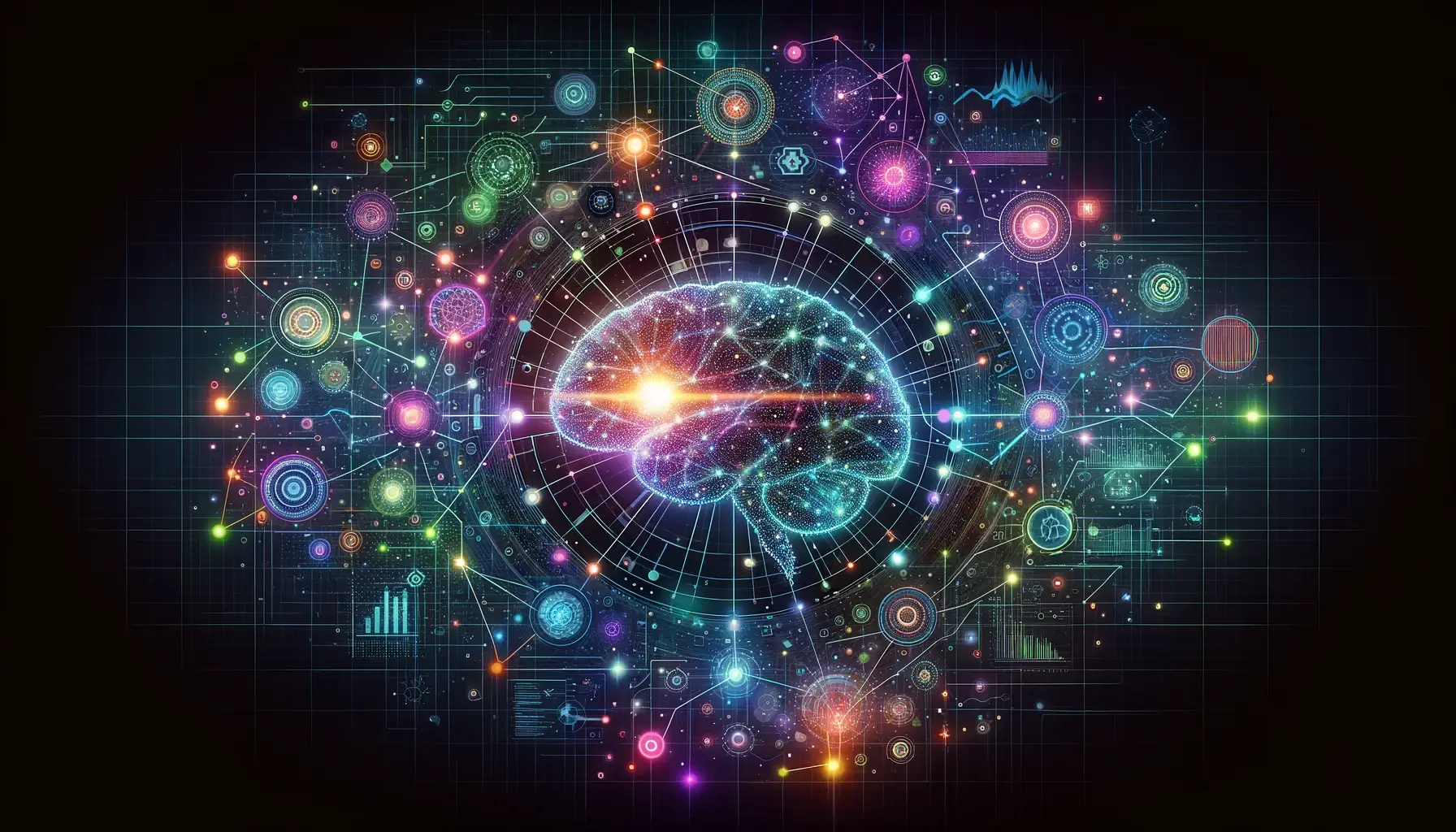In the realm of artificial intelligence (AI), neural networks stand as one of the most intriguing and foundational components, powering a wide array of cutting-edge applications. From speech recognition systems and autonomous vehicles to sophisticated diagnostic tools in healthcare, neural networks mimic the learning process of the human brain, enabling machines to interpret complex data, make decisions, and predict outcomes. This blog post aims to demystify neural networks, exploring their structure, how they work, and their vast applications in the modern world.
What are Neural Networks?
Neural networks, or artificial neural networks (ANNs), are a subset of machine learning and are at the heart of deep learning algorithms. Their name and structure are inspired by the human brain, mimicking the way that biological neurons signal to one another.
The Structure of Neural Networks
A neural network consists of layers of interconnected nodes or neurons, which include an input layer, one or more hidden layers, and an output layer. Each node in a layer is connected to nodes in the previous and next layer. The connections between nodes represent data weighted by importance, and as data passes through each neuron, the network performs complex computations on the information.
- Input Layer: Receives the raw input data.
- Hidden Layers: Perform computations and transformations on the input data.
- Output Layer: Produces the final result or prediction.
How Neural Networks Learn
Neural networks learn through a process known as training, where they adjust their weights based on the error of the output compared to the expected result. This training process uses algorithms like backpropagation and optimization techniques such as gradient descent to minimize the error in predictions over many iterations.
Applications of Neural Networks
Neural networks have found applications across diverse fields, demonstrating their versatility and power:
- Computer Vision: They are used in image recognition, object detection, and video analysis, enabling technologies such as facial recognition and automated inspection systems.
- Natural Language Processing (NLP): Neural networks drive machine translation, sentiment analysis, and chatbots, enhancing communication between humans and machines.
- Healthcare: They assist in diagnosing diseases, analyzing medical images, and predicting patient outcomes, revolutionizing personalized medicine and treatment planning.
- Finance: Neural networks are employed in fraud detection, algorithmic trading, and customer service automation, improving security and customer experience.
Challenges and Future Directions
Despite their success, neural networks face challenges such as data quality and quantity requirements, computational costs, and the “black box” problem, where the decision-making process of neural networks can be opaque and difficult to interpret. Addressing these challenges is an ongoing area of research, with efforts focused on developing more efficient, transparent, and ethical AI systems.
The Future of Neural Networks
The future of neural networks is promising, with continuous advancements in algorithms, computing power, and data availability. Emerging trends include the development of neural network architectures tailored to specific tasks, the integration of neural networks with other AI technologies, and efforts to make neural networks more interpretable and ethical.
In conclusion, neural networks are a cornerstone of artificial intelligence, driving innovations that impact our daily lives and work. As we continue to explore and refine this technology, we can expect neural networks to play an even more significant role in shaping the future of AI, offering new solutions to complex problems and opening doors to uncharted territories in technology and science.

